Kutna Hora
< Start at the beginning of this series: Grand European River Cruise
Kutna Hora
We took it easy today with only two excursions. Although the first was seven hours long, several of those hours were spent on a bus winding through the Czech countryside with beautiful farmland and gently rolling hills. A ways down the road we got a preview of our driver’s mad skills as he maneuvered our huge bus through the narrow streets of several small towns. I was glad to be able to assist with my imaginary break pedal.
Our first stop was in Sedlec, a suburb of Kutna Hora. While we waited for our guide to join us, we were able to look around a bit and peek in a gift shop or two. I was filled with anticipation about our first tour and could hardly wait to get started.
As we approach the Sedlec Ossuary, it appears to be just another medieval church, but the ornamentation on the steeples gives a hint as to what’s inside. The interior is decorated with more than 60,000 human skeletons! Yes, it sounds a little gruesome – but it was really quite beautiful.
The photo above of the entire exterior of the church was used in a website with the history of how this all came to be, called The Cemetery Church of All Saints with the Ossuary. At first I was thinking that the remains had something to do with WWII, but these are much older than that – the majority from the plague in the 14th and the Hussite wars in the early 15th centuries.
As we made our way downstairs, our imaginations shifted into overdrive regarding what was to come. Once downstairs, we were in awe of the beauty of it all.
The task of sorting the bones was given to a half-blind Cistercian monk somewhere around 1511. As seen in the photo above, the current arrangement of the bones was created in 1870 by Czech wood-carver, František Rint. The arrangement comes complete with a coat-of arms of the Schwarzenberg family, one of the most significant noble families in the Czech lands.
Creepy? A little bit, but it was meant as a tribute to the people who died and it really was fascinating. Just outside the door was a large ramp and beneath it – the excavation continues.
We loaded back on the bus and were dropped a short walk from our lunch destination. Kutna Hora is another city that is just pristine with no litter and fabulous cobblestone streets. Silver mining was its claim to fame back in the day. In the 14th century it became a royal city endowed with monuments that symbolized its prosperity.
The twelve-sided structure below is a Gothic stone fountain built in 1493 by the same architect who worked on the Church of St. Barbara, which we’ll visit later in this post. The fountain, which is illuminated beautifully at night, is more than 13 feet tall and originally had a hexagonal roof. This beautiful fountain supplied water to Kutna Hora when the local water supplies were in jeopardy because of the silver mining. Water was brought in through wooden pipes from a well several miles away.
“Kutná Hora, the city of silver, is deservedly attributed the other name “national treasury”. This is to say that its wealth helped to ensure the boom of the Czech Kingdom. The centre of the city was included in the UNESCO world heritage list in 1995 thanks to its historical importance and architectural gems. All of the streets, houses and churches exude a long history full of important events. The symbol of Kutná Hora is the unique late Gothic Cathedral of St. Barbara.” – from czechtourism.com
Our tour included lunch at Restaurace Dačický – “An Old Bohemian restaurant with delicious food and excellent beer.” It was a wonderful time and the food was delicious, although the appetizer was a pate that I couldn’t bring myself to try. So much for being adventurous!
After several beers, we loaded up to visit a church – are you sensing a pattern?
St. Barbara was one of my favorite stops on the whole trip, partially due to its great name, but mostly for its absolute beauty. Please enjoy the photos below.
“The splendor of this structure is tangible testament to the fame and riches of the silver Kutná Hora as well as of the deep devotion of its creators. The cathedral is dedicated to Virgin Barbara, an early Christian martyr, invoked as a helper in need, an intercessor for a good death, and a patron of all who carry on a dangerous occupation, especially miners. And it was in fact miners who contributed the most to the medieval town‘s blossoming as well as to the construction of the cathedral, which they dedicated to their holy protectress.” – Read more
The cathedral took over 500 years to build because of the turbulent economy back then, especially when the mines ran dry in the mid-16th century, but as you’ll see below, it was worth the wait.
After our tour, we had some free time to explore the city, so here are a few more photos!
What a wonderful day (so far). The weather has definitely improved, almost to the other end of the spectrum, where several times today we headed for shade whenever we could. But the photos turn out better and it just feels more like vacation!
Prague Folklore Dinner
Next stop was Cicovicky Dvur, where an energetic group of dancers, singers and musicians in traditional dress entertained us for the evening. In the Bohemian countryside, it was common for villagers to gather in celebration of harvest, marriages and other special events. At this location, there is a celebration almost every night! We were served a traditional Czech meal family style, with plenty of food and of course, beer or wine! Na zdraví! (cheers!)
Tomorrow we take a road trip to Budapest, where we finally board our ship!
Next up: Boarding the Skadi
Happy trails,
Barb





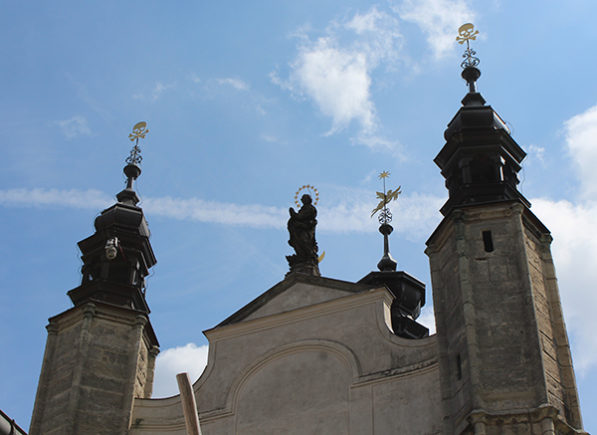
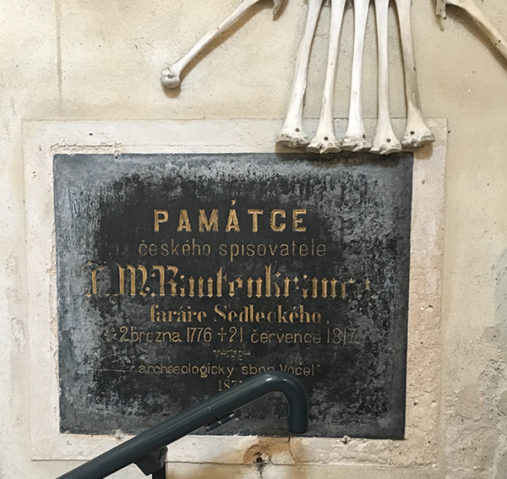



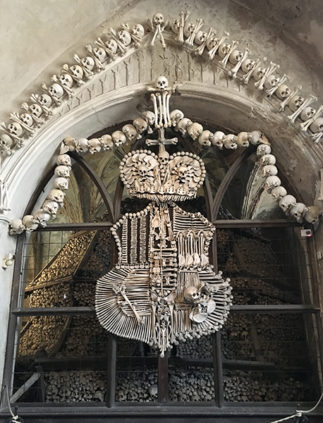

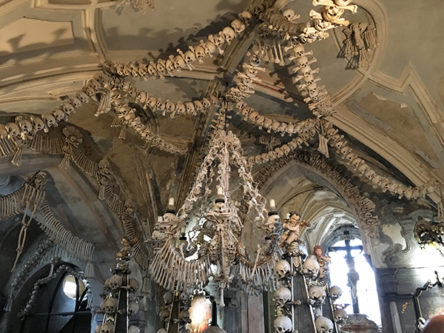



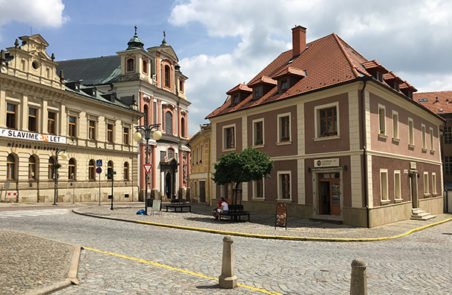




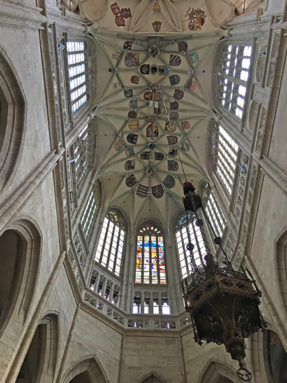
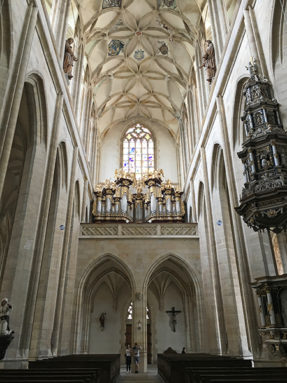


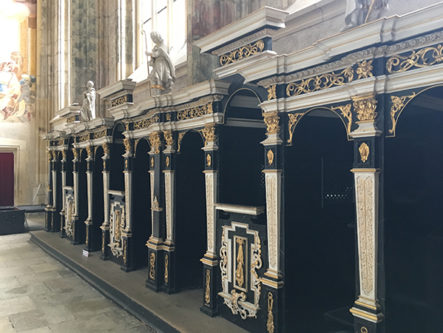
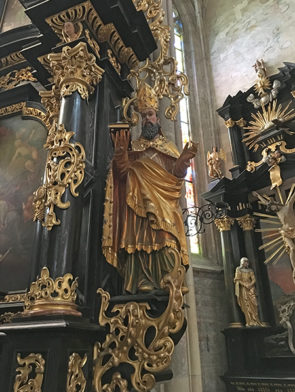
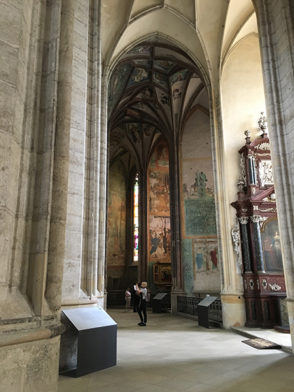
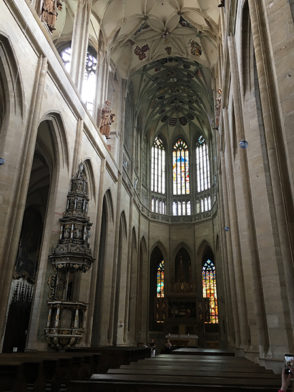

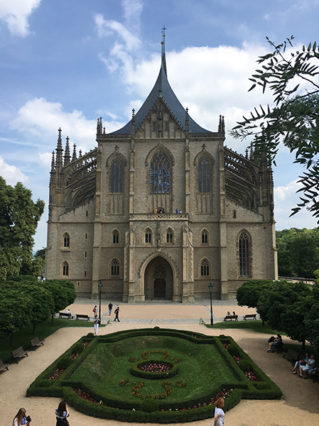


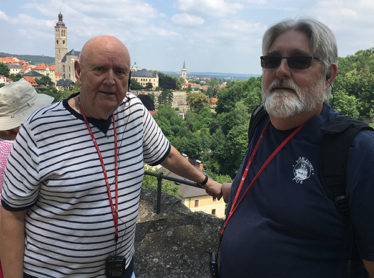




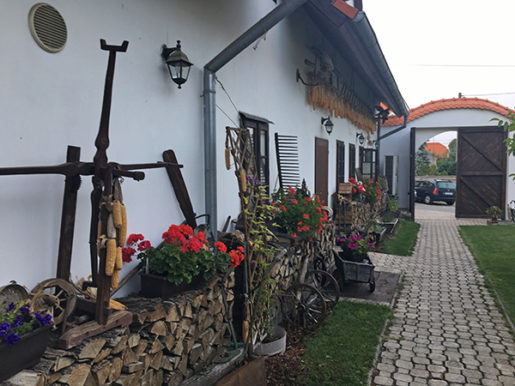

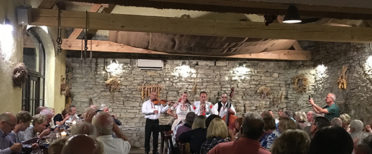






❤️
What an amazing church. Eerie but beautiful. Love going through small towns.